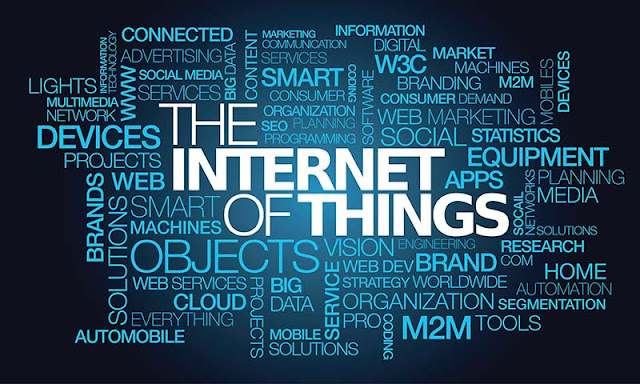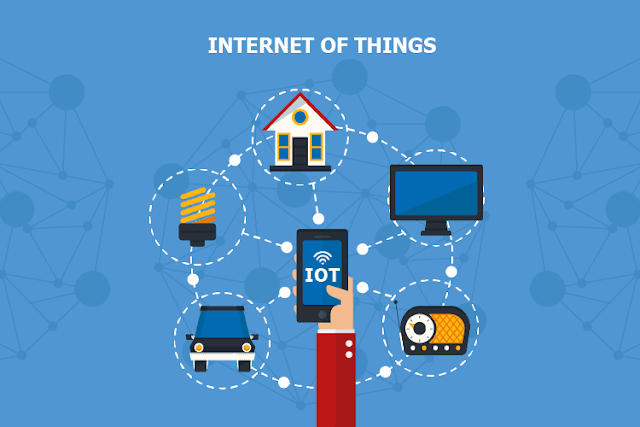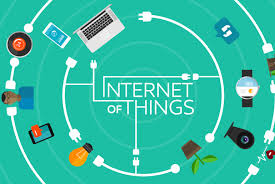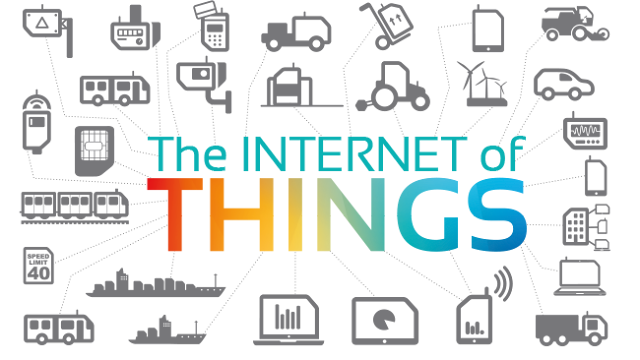Guide to Getting Started in IoT

IoT is hard and there’s a lot of confusion around it. What is it exactly? Is it something that my business or organization needs to use? What are the use cases? The risks? How do I get started? You’ll learn what IoT means and how you might be able to use it to build a new organization, to launch a new business line within your existing organization, or to simply improve your internal processes and operations. This free 94-page guide book will equip you with a solid foundation in the Internet of Things and its accompanying concepts, components, and the technologies that make it all possible. Here’s what you’ll take away: Part 1: What is IoT When you Google “what is IoT,” many of the answers are very technical. However, most people don’t want to nor need to dive into the nitty-gritty of IoT. This chapter provides you with a simple explanation of the Internet of Things, why it matters, and what it means for you. Part 2: Sensors & Devices Senso...








